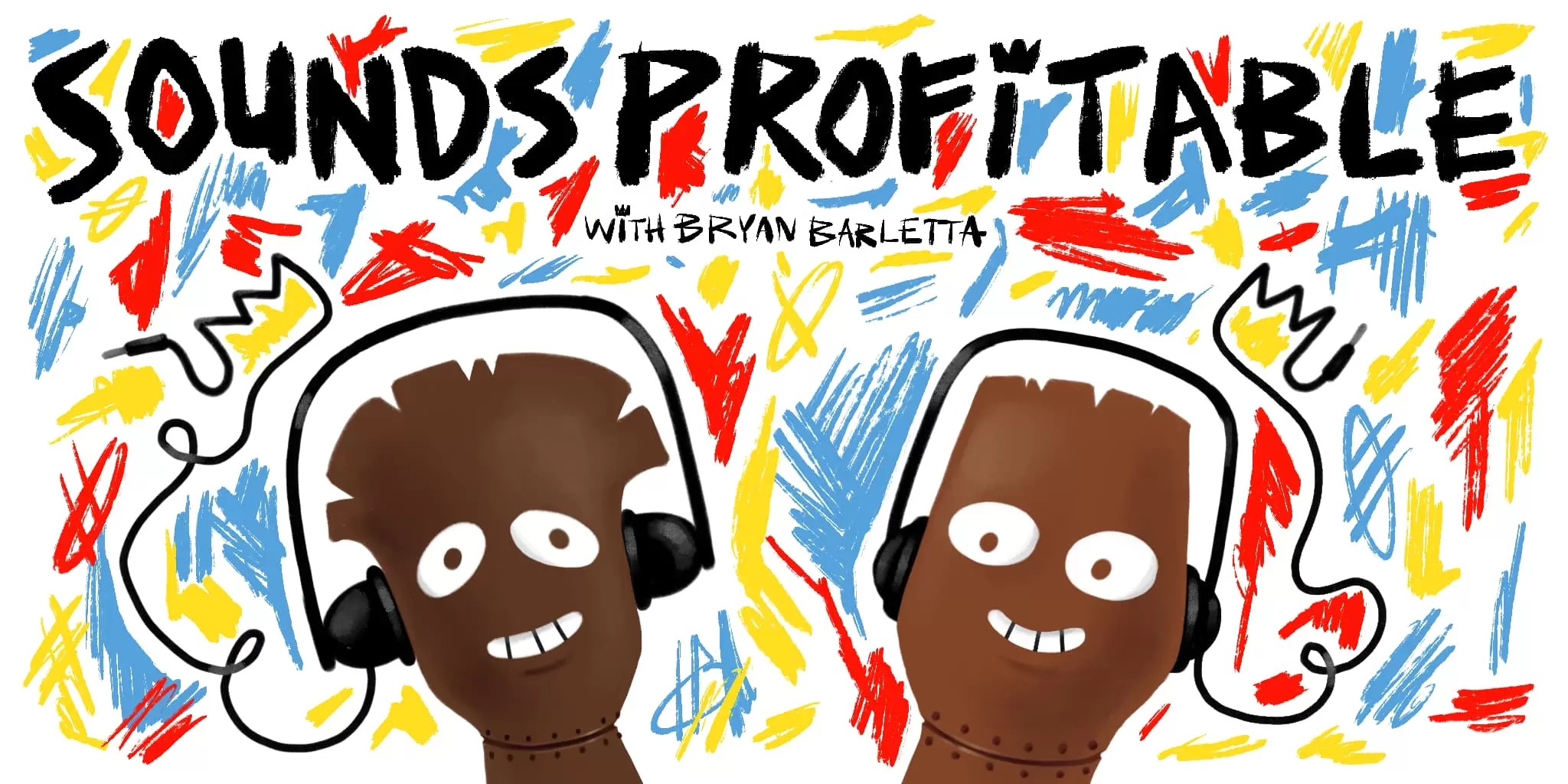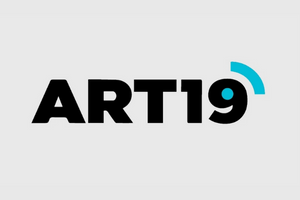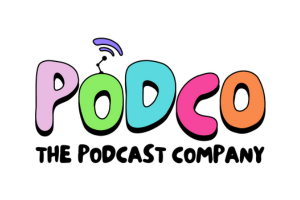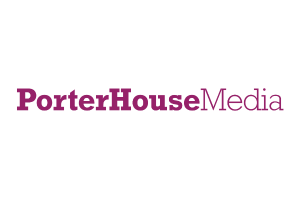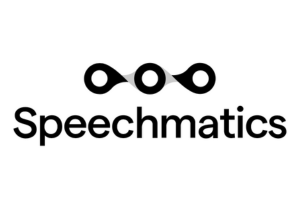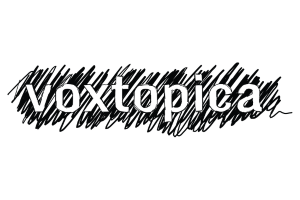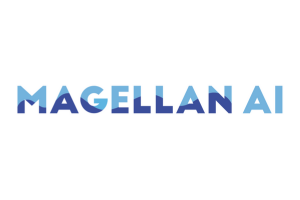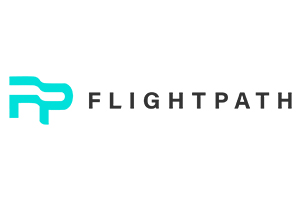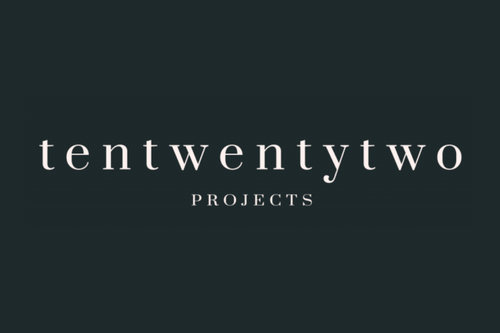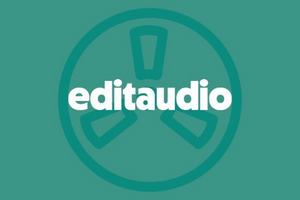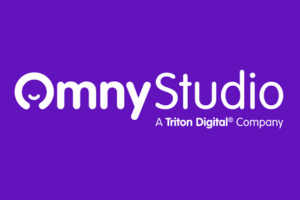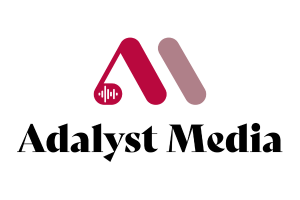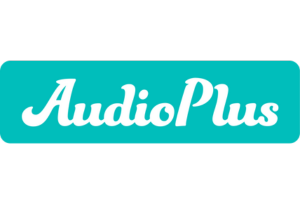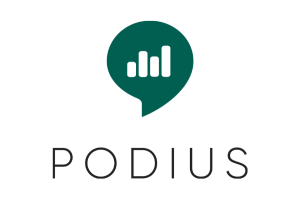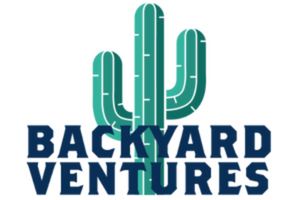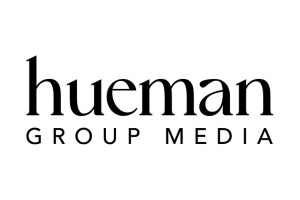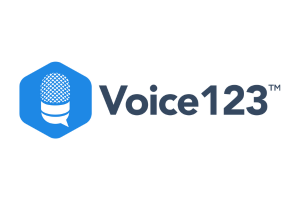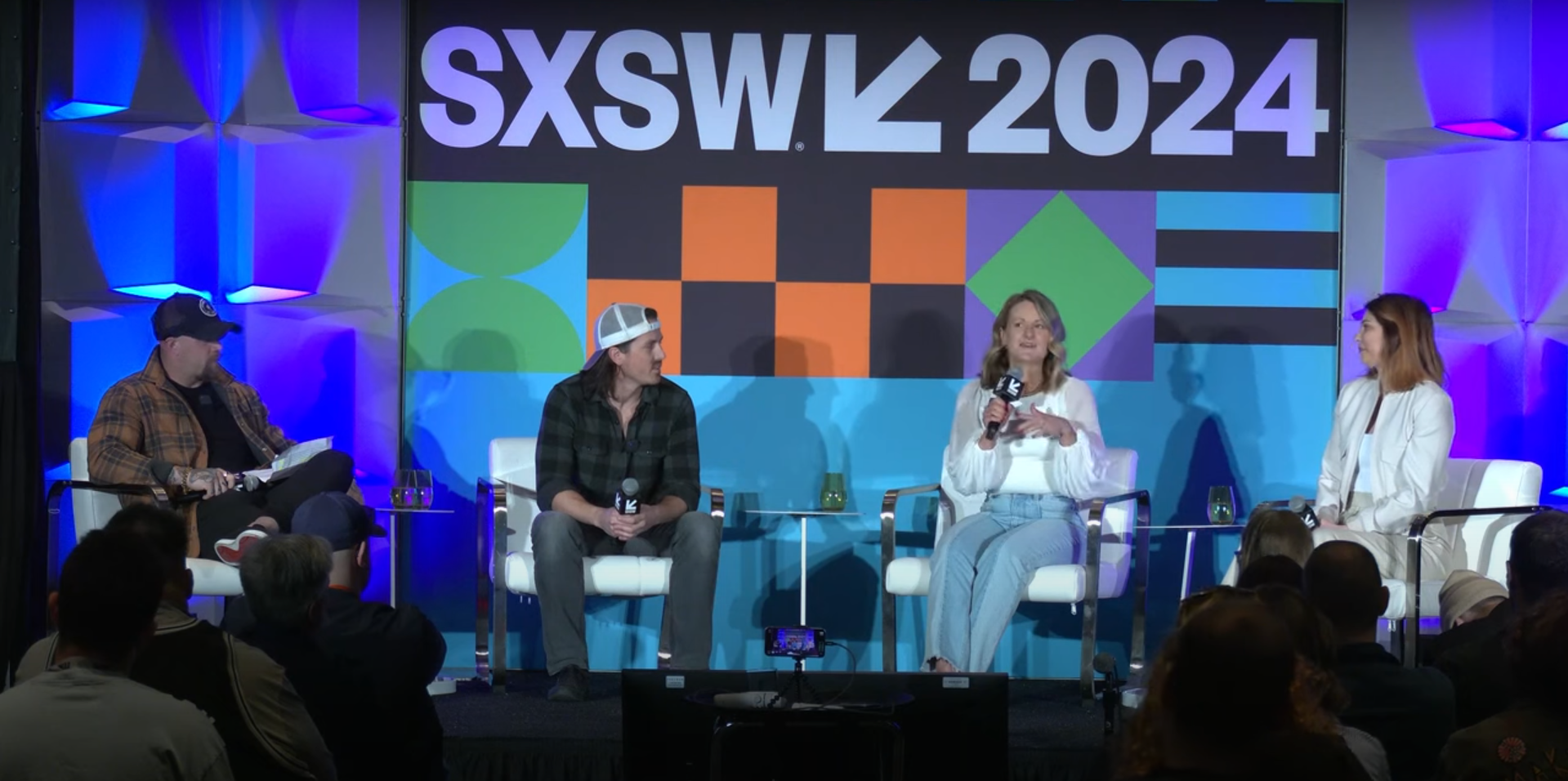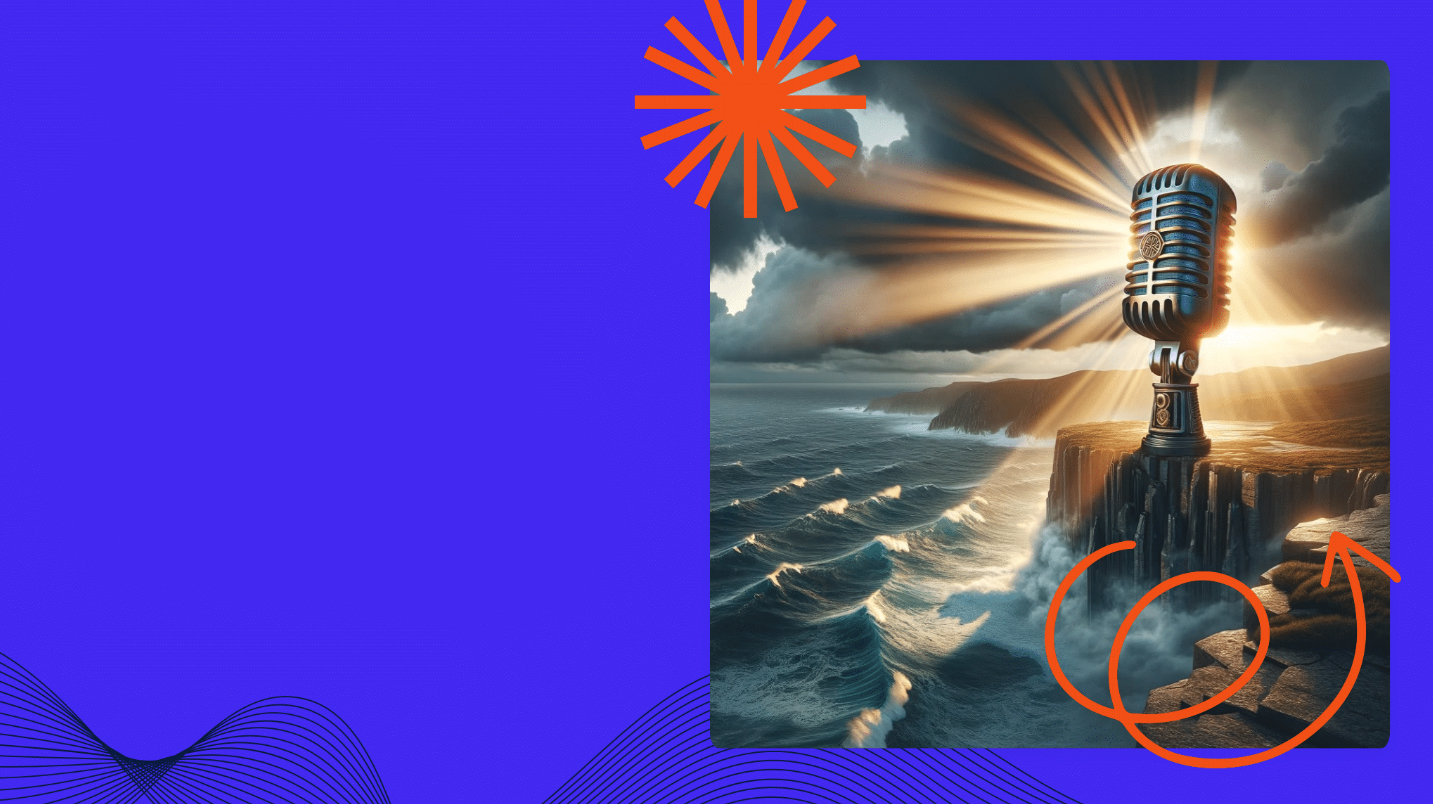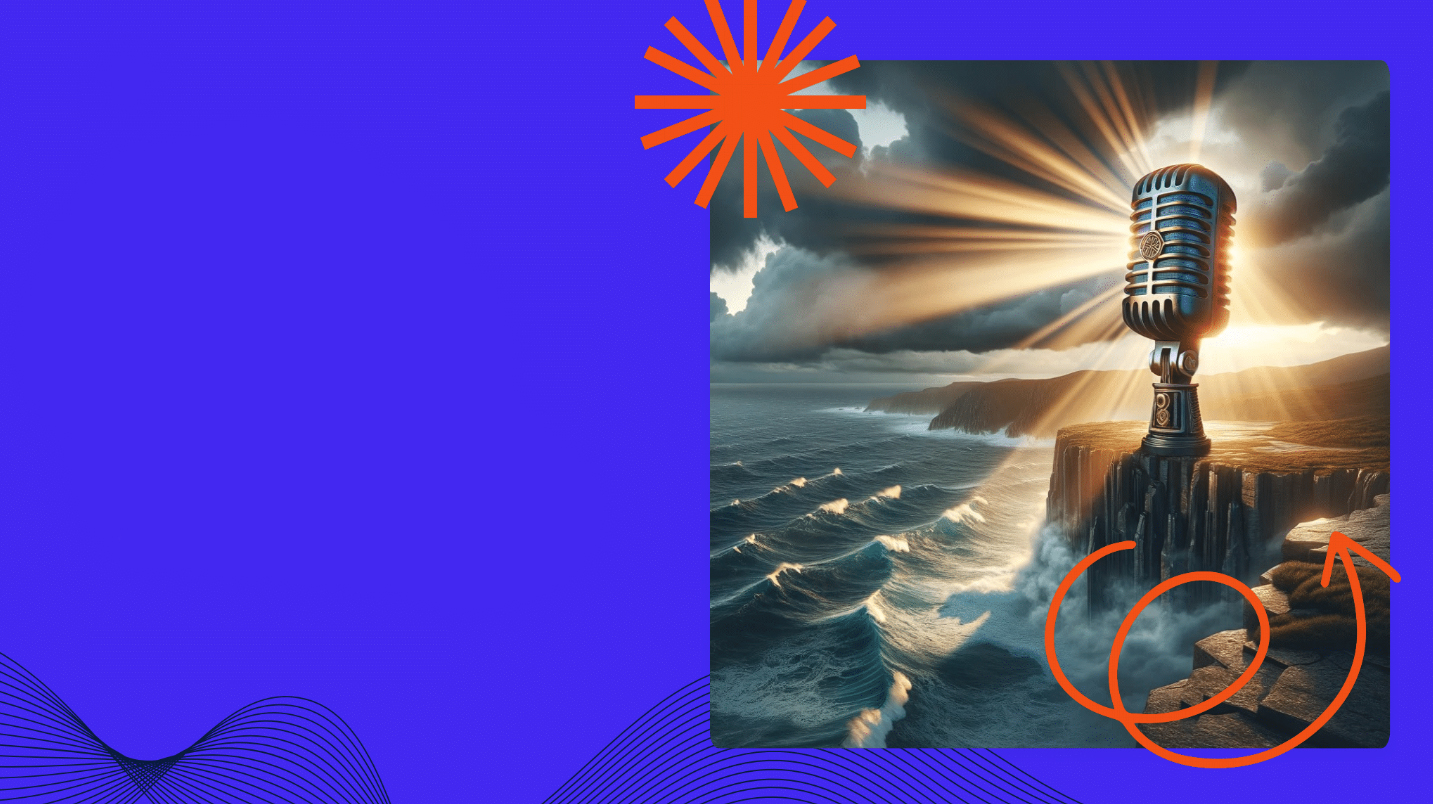Catch Matt Drengler of Podsights on the podcast this week as we expand on our two-part Lift Report series. And don’t forget to check out Up Next, a Podcast Format Upfront, expertly crafted for brands and advertisers.
Providing real, tangible examples of how to put podcast adtech and advertising to good use is a major focus for Sounds Profitable. So this week, I’m excited to share with you a custom-made host read ad for Sounds Profitable’s Premium Feed and the process Stew Redwine of OXFORd Road used to build it, to encourage everyone out there looking to promote their premium feeds that we need to treat that promotion just like the ads we make to sell underwear.
Introduction
“Podcasters can sell underwear, so why do they struggle to sell themselves?”
That was the question Bryan wanted help answering when he reached out to me for pointers on what makes a live-read work. He thought maybe podcasters just need to be told how to write an ad. After talking for a few minutes we decided to make an ad for Sounds Profitable by going through the creative process I use when developing ads.
And when we were all done he asked me to share more about what is behind the approach. Why is the creative organized the way it is? It’s something I’ve been working on for a while now. Maybe I went a little overboard on my answer for him, but here you go. Everything you’ll read here is based on the work of a lot of other people. You could find it all if you searched and spent the time connecting the dots. But now you don’t have to.
NOTE: There are THREE main sections of a podcast ad – Intro, Body Copy, and Call to Action. Within that, there are subsections you can use to write your copy. But the end result doesn’t need all the labels. They’re there to keep your thoughts organized and make sure you have everything that needs to be included in your message.
Building An Ad
Intro
SETUP
Ever since the height of “audio ad-tech” was a ram’s horn – one question remains. Do the ads work?
This one’s for Sounds Profitable – and we’re about to find out.
Body Copy
VALUE PROP
Sounds Profitable is the ONLY podcast that brings you the latest from the podcast ad-tech world.
POSITIONING
But we’re not just reporting. We’re leading the space – with the first-ever on-demand podcast upfronts. We’re breaking down the business of podcasts – from analytics to dynamic ad insertion. And we’re giving you in-depth detail from experts. All so you can make smart decisions. And sound smart too.
DEMONSTRATION
Go to Sounds Profitable dot com slash Premium and sign up for our NEW Premium Feed – for FREE – and hear audio versions of ALL our articles plus expert interviews with guests like Tom Webster of Edison Research and James Cridland of Podnews.
SUBSTANTIATION
Access everything in one clean feed thanks to our sponsor Supercast – one of our FIFTY PLUS SPONSORS – from the most important podcasting ad-tech partners, agencies, and publishers.
Call to Action
OFFER SCARCITY PATH
Sign up at Sounds Profitable dot com slash Premium and now through Father’s Day you’ll be entered to win audio gear – like headphones, mixers, and mics – based on how many new subscribers we get.
But only until June 20th – go to Sounds Profitable dot com slash Premium!
Plus, when you sign up, you’ll prove this ad worked. Right? Sounds Profitable dot com slash Premium.
SETUP
Capture attention AND tee up the Value Prop.
From John Caples’ AIDA (attention, interest, desire, action) method to David Ogilvy’s insistence on the importance of the headline above all else, the first job of an ad is to get your attention. But the trick is, it has to get your attention in such a way that it keeps your attention. Any advertisement can use a shocking device (swearing, whoopie cushions, sirens, etc) to grab the audience’s attention. But to grab their attention in a way that is tied to the product is how you hold their attention and increase the impact of the message. After all, if the whole advertisement is designed to get the audience primed to take action, or at least to think of your product or service whenever the need arises, then it’s critical to have everything in the advertisement serve that end with clarity and potency. The headline, or opening line-in audio, deserves a tremendous amount of focus. You must convince them to listen to the next line, or else it is all for naught – this is something Roy H. Williams talks about again and again in his “Wizard of Ads” Trilogy.
VALUE PROP
What is it? What’s your promise?
“Promise, Large Promise, is the soul of an advertisement.” — Samuel Johnson (1759)
The “largeness” of the promise in your Value Proposition doesn’t come from aggressive, grandiose, or disingenuous claims. Just like it doesn’t come from underselling. It comes from the size of its impact in the audience’s mind. When you describe to the audience, in their language and from their point of view, why and when your Brand gives them an opportunity or solves a problem they feel deeply – 99% of your work is done. And many times a podcast host will uncover what it is in their expression of copy, because they are experiencing the product or service themselves and sharing in human speak, NOT ad speak. That’s the magic that happens when their audience believes and takes action. Mark Pollard talks about this a lot in his “Strategy is Your Words” and everything else he does. And Podcast hosts have a knack for getting to the “Human Problems/Human Truths” that can unlock any Brand’s Value Prop. In short, speaking like a person about what really motivates us, NOT like a Brand.
POSITIONING
Why is it better than the Status Quo or Competitors?
The audience must walk away with a material understanding of what you do, what you offer, and why it’s better. How much money or time will they save using your product? In what exact, measurable ways will their life improve if they exchange their earnings for your product—as opposed to the equitable product from one of your competitors? Daniel Pink covers several ways to do this in the “Persuasive Frames” episode of his Masterclass.
An EXTRA NOTE on Positioning
(because this comes up a lot)
But what if my company isn’t all that different from the competition?
Anyone who watched Mad Men, remembers Don Draper’s positioning pitch to Lucky Strike cigarettes in the pilot episode. After presenting the concept that Lucky Strike’s tobacco is toasted, the client replies, “but everybody else’s tobacco is toasted.” “No”, Don says, “everybody else’s tobacco is poisonous; Lucky Strike’s is toasted.” Any of the cigarette companies could have made this claim, but Lucky Strike was the only one who DID (at least in the fictional world of Man Men). Read the true story behind the Lucky Strike toasted campaign.
A real-world example comes from another classic vice: beer. Advertising pioneer Claude Hopkins positioned Schlitz beer by claiming their bottles were “washed with live steam.” Like the Lucky Strike example, ALL beer companies were washing their bottles with live steam at the time, but Schlitz was the only one talking about it. When marketers are having a hard time coming up with a way to differentiate their product or service from their competitors, make the “preemptive claim,” as Hopkins called it. A modern example of the preemptive claim is Jimmy John’s “Free Smells” signs in their restaurants. EVERY restaurant could claim this, but Jimmy John’s is the only one that does.
This drive to differentiate evolved into the Rosser Reeves “Unique Selling Proposition.” From Reeves in the 1960s to Trout and Ries in the 1970s, the idea of the preemptive claim was dropped completely in favor of something ONLY your brand can claim. This kind of positioning is perfectly illustrated by M&M’s “melts in your mouth, not in your hand” thanks to a patented sugar coating. However, in his 2008 book “How Brands Grow”, Byron Sharp proved that differentiation is meaningless and brands need to be distinct. Each of these intelligent people, Reeves & Sharp, had their own “truth” about how best to position a company that worked for them. Mark Ritson does a fantastic job of creating a “truth tent” large enough for everyone’s views on Positioning.
DEMONSTRATION
Simply put, here’s how it works.
No matter how well you accomplish the first three Key Components, you’ve wasted all of it if the audience can’t picture themselves using the thing. Yes, demonstration is that integral to your service or product’s success. The good news is that humans are built to watch closely, especially if they’re watching another human. Back in the 90s, a team of Italian neuroscientists made a groundbreaking discovery in the brains of Macaque monkeys. Motor cells inside their brains fired, the exact same way when one monkey conducted a behavior as when it watched another monkey do the same thing. Watching created the sensation of doing.
These cells, called “Mirror Neurons,” have unlocked major advancements in the study of how people relate to each other. They’ve helped clarify what exactly is happening in our brains when we experience media and imagery. Mirror neurons help explain the voyeuristic impulses that command the audience’s attention. When we watch another person experience something, our imaginations automatically simulate that experience for ourselves and we feel a miniature version of it.
But what do you do when there is ONLY audio? I could write an entire article on “The Theater of the Mind” using audio to influence the listener to visualize your product or service. Thankfully, Pandora already wrote it. The same old mirror neurons can go to work even if the person your listener is envisioning is in their own head. This is also discussed in Blindsight, The (Mostly) Hidden Ways Marketing Reshapes Our Brains. You can also use unique attributes—sound effects, music, multiple voices, even silence—to demonstrate in an unexpected way. Hiscox Business Insurance uses an engaging audio sleight of hand to demonstrate the type of cyber threats they protect businesses from in this UK audio ad. It’s an ad about the threats of cyber crime that intercuts between a professional actress and an AI Copy, asking the listener if they can tell the difference.
SUBSTANTIATION
Why should anyone believe you?
Robert Cialdini says it’s the use of Social Proof and Authority. Aristotle posits that one must use Logos (reason) and Ethos (the credibility of the speaker). Jason Harris, author of The Soulful Art of Persuasion, says great advertising is emotional, not rational.
Regardless of the argument, this problem isn’t new. In his 1944 tome on advertising, Diary of an Ad Man, James W. Young mentions the centrality of this issue to advertising and offers a solution:
“Every type of advertiser has the same problem; namely, to be believed. The mail-order man knows nothing so potent for this purpose as testimonial, yet the general advertiser seldom uses it.”
Personal testimony provides an advertiser with the most powerful words in the lexicon of advertising, “I use this and you should too.” Whether it is a testimony from someone you know personally or someone you feel like you know – like a podcast host – as long as you trust them you are much more likely to be persuaded. But testimonials are only one of several “prove it” facts, as outlined by Victor O. Schwab in How to Write a Good Advertisement, that can be used to substantiate the claims in an advertisement.
Victor O. Schwab’s List of Prove It Facts (This is an amplified version of the list first compiled by G.B. Hotchkiss. We’re all standing on the shoulders of giants, aren’t we?)
1. Construction Evidence includes facts about materials and manufacture of the product.
2. Performance Evidence includes the achievements of the product in actual use.
3. Testimony of Others includes Customers, Experts, Awards Won, and Sales Records.
4. Test Evidence, which includes Guarantees and Free Samples.
One final thought on Substantiation as it relates to Marshall McLuhan’s practically sacrosanct phrase, “The medium is the message.” The level of “polish” and “footprint” of your ad matters. They’re both an expression of Costly Signaling Theory, explored by Rory Sutherland in Alchemy: The Dark Art and Curious Science of Creating Magic in Brands, Business, and Life. The very quality of your ad can substantiate, in the audience’s mind, the quality of your good or service. And the same goes for how often they’re presented with your message. If they hear your ad on “every” podcast they will assume, even if subconsciously, you are someone they can trust.
OFFER, SCARCITY, & PATH
Why should the listener take action? By when?
NOTE: These three Key components are primarily focused on advertising messages that require immediate action. If the time horizon is longer not all of these components need to be optimized.
John Caples says in the Fifth Edition of Tested Advertising Methods, you must filter every aspect of the advertisement through this question: “what argument would make you…part with good money in order to buy the product or service you are advertising?”
Would a GREAT Offer move you, better than any Offer available anywhere else? Would knowledge that the Offer has an element of Scarcity to it drive you to act? Would knowing exactly what Path to follow to take advantage of the Offer be the thing that induces you to purchase? Yes, yes and yes.
OFFER is more than just a discount. It is everything from a unique discount, to something FREE, a guarantee, or any other kind of incentive. Like a 1773 tea ad that read, “Excellent good Bohea Tea, imported in the last ship from London; sold by Theo. Hancock, N.B. “If it don’t suit the ladies’ taste, they may return the tea and receive their money again.”
SCARCITY is most persuasive when it is real. For instance, when running a test campaign make an Offer that is the best available anywhere and make it truly scarce. It will only be offered through a specific date or, perhaps, it is tied to a seasonal event like Father’s Day. Another way to talk about Scarcity is Limited Supply.
PATH Where must the audience go to take advantage of this tremendous opportunity? The goal is clarity above all else. Tell them exactly where you need them to go and what you need them to do in the simplest way possible. If you can shorten a URLs name, do it. If it needs to be spelled, spell. If you’re asking them to go to a URL and enter a Promo Code at least make them easy. But the goal is to ask them to take as FEW steps as possible and that includes keystrokes, actions, or even things they have to remember.
When it comes to Offer, Scarcity, and Path, don’t be quick to dismiss the power they hold over your cash register ringing. If you don’t have an Offer, or Scarcity, and have a convoluted Path, you have hobbled your message. It may still connect emotionally. It may still give the audience a fond recollection of your brand when they see it again someday. But if you need it to make the cash registers ring, especially as you test out a new channel, then you must include all three.
EXECUTION
Does every word count?
Execution is HOW you communicated everything. All too often creative development is kicked off with a little too vague definition of the business goal and then catapulted into the exciting part of the conversation, HOW we’re going to say it. The best creative development is the other way around. Clarity before poetry.
First of all, how are you going to measure success?
Then, how long do you have to get there?
Once you’ve answered these questions, then determine when that will be measured. Every day? Every week? Or is your advertisement simply meant to make people aware that you exist? To inform? To persuade? No matter what your questions are and what your answers are, part of answering all those questions is research.
Todd Lauer, VP of Brand & Creative at LendingTree, talked about how LendingTree’s tagline for sixteen years, “When Banks Compete, You Win” was developed. In a focus group of actual LendingTree users in 2002 a woman said, “It was kinda like, when banks compete, I win!” Start with your customer reviews and Facebook comments, put them all in a spreadsheet and scour them for similarities and for statements like this one. Then invite a few of your customers in and just talk to them. It’s practically free and may just give you a tagline for the rest of the life of your company.
Is the advertisement intended to be part of a campaign that is 60% Awareness and 40% Activation? Whatever the mix is, how long will it take you to get there? Are you attempting to raise your share of voice so as to raise your share of market? (a very good idea by the way). Or are you simply putting a message out that you believe needs to exist in the world?
But there is something ELSE, and we all know it. Henry Ford talked about it late in his career. After making the ultimate boilerplate of boilerplate products he admitted there was something to this “style” thing. Call it chaos, call it emotion, personality, branding, or story. The thing that makes you YOU is the same kind of thing that makes one Brand different from all the rest, so that it carves out, builds, and reinforces memory structures in our minds. Whatever is behind it all, we’ve been working on communicating with each other for a LONG time. It’s a tool as old as almost any other. To do it well, we have to talk to each other in a way that is understood by the other people living in the cave. “Want to know where the best berries are? Go to the big magnolia tree and hang a left.”
Wrapping It Up
This approach to structuring a message is the ground floor of how we construct messages at Oxford Road. We’ve been working on it for years and all the sources mentioned in this article are available to anyone – and they can be interpreted in a number of ways.
We’ve chosen to focus it all into a messaging taxonomy that gives us a way to sort, rank, and weigh the pieces of a message designed to influence human behavior. We use the 9 Key Components in this article, plus 71 Subcomponents, based on performance data, multivariate testing, and the latest research and thinking on the subjects of advertising, neuromarketing, psychology, and persuasion to make the ads work for our clients. We call it Audiolytics™ because it was born out of audio. And now you’ve got the building blocks.
You can use it to write an ad, any kind of ad. You can use it to write an email to get your rent lowered. To propose to someone. To break up. To construct a pitch deck. To give a speech or ask for a raise. Or simply as another lens to look through on the endless quest to understand part of why humans do what they do.
New Sponsors
(Bryan writes:)
I’m so excited to introduce our latest sponsor:
- RedCircle makes it easy to deploy host-read ads at scale across hundreds of podcasts in just a few clicks.
Sponsoring Sounds Profitable enables me to stay fully connected with all aspects of the podcast industry, focusing on educating the entire space as well as making connections and collaborating with each of my fantastic sponsors. Each sponsor receives one hour of consulting time per month as a way to say thank you for supporting this project.
If you’re interested in coming on as a sponsor, please hit reply!
Homework – with Yappa
I truly mean it when I say I want to interact with each and every one of you more. I’m really enjoying the idea of Yappa overall and I think it’s a great tool to have back and forth conversations with all of you, exploring audio (and video if you like as well). I hope you’ll click on the image below and leave a question. And, with your permission, we’ll start adding these questions to the podcast.
Market Insights – with ThoughtLeaders
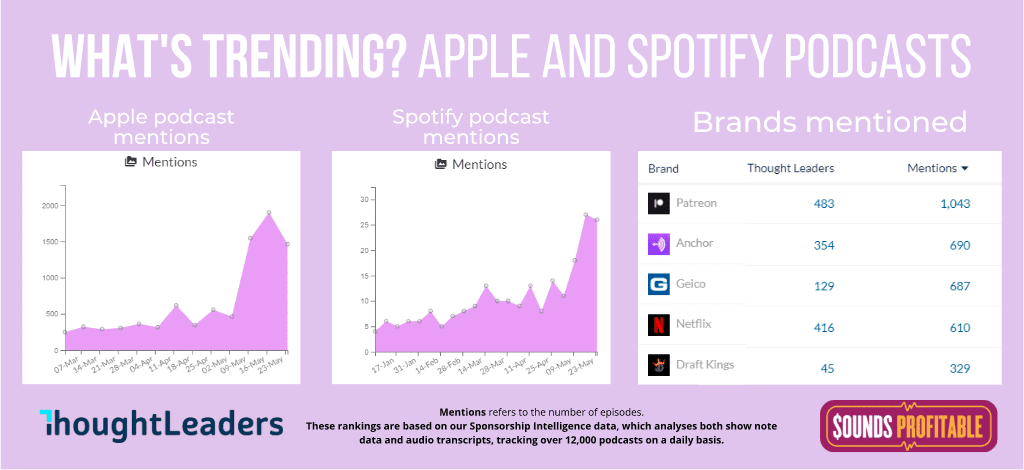
Apple and Spotify are often seen neck and neck racing for the top podcast listening spot, so it’s always great to see other amazing ways to view it. From the 12,000 shows ThoughtLeaders monitors, Apple Podcasts comes up nearly 20x as much as Spotify which is definitely interesting. There’s absolutely a difference in perception between those of us in the space and those purely listening to podcasts for enjoyment. Click the Yapp image above and share your thoughts!
Things to Think About
The podcast industry moves fast, so here are some things I’ve spotted that I think you should check out.
- I stumbled onto a tweet from Danielle Desir about Podthon ‘21 and honestly, I’m super excited for this event. They’re still looking for sponsors, so definitely contact them!
“I NEVER want to hear that you CANNOT find POC to speak at your podcasting event. Podthon ’21 is in full effect — here’s the list of our speakers! https://podthon.com/2021-speakers/”
- Podnews chronicles the botched rollout of the latest Apple Podcast Connect release, which ultimately lead to a Friday holiday weekend email announcing that subscriptions will be pushed to June.
- Podchaser announces their API and I’m excited to see who is going to use it. Will this be the answer to “Podchaser needs an app!” by them simplifying getting every app to include Podchaser? (probably)
- Proud to announce that our June Product Deepdive will premier on the 17th, featuring SGRecast from StreamGuys!

